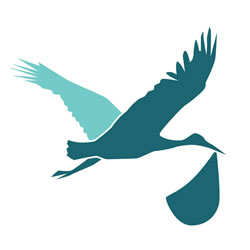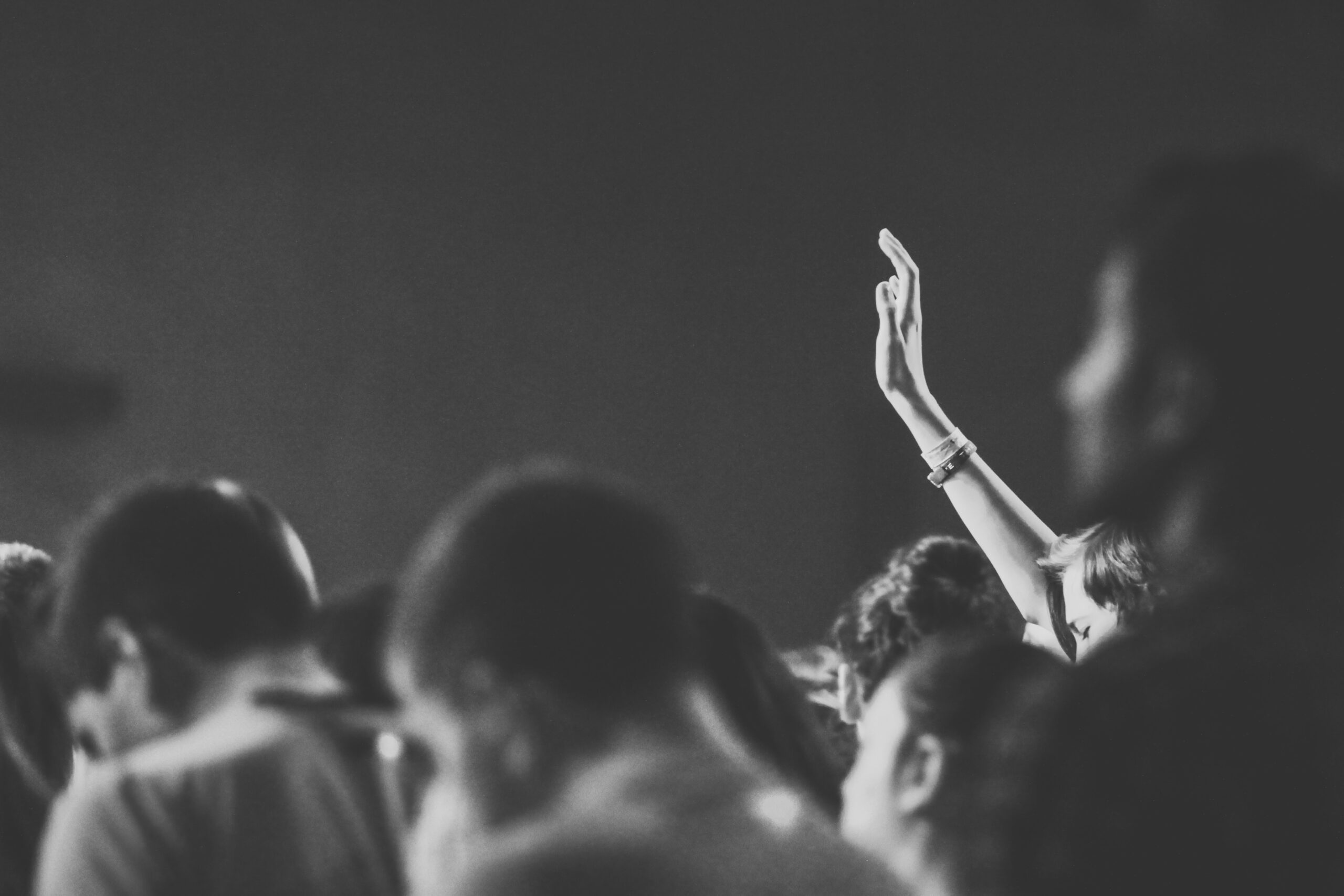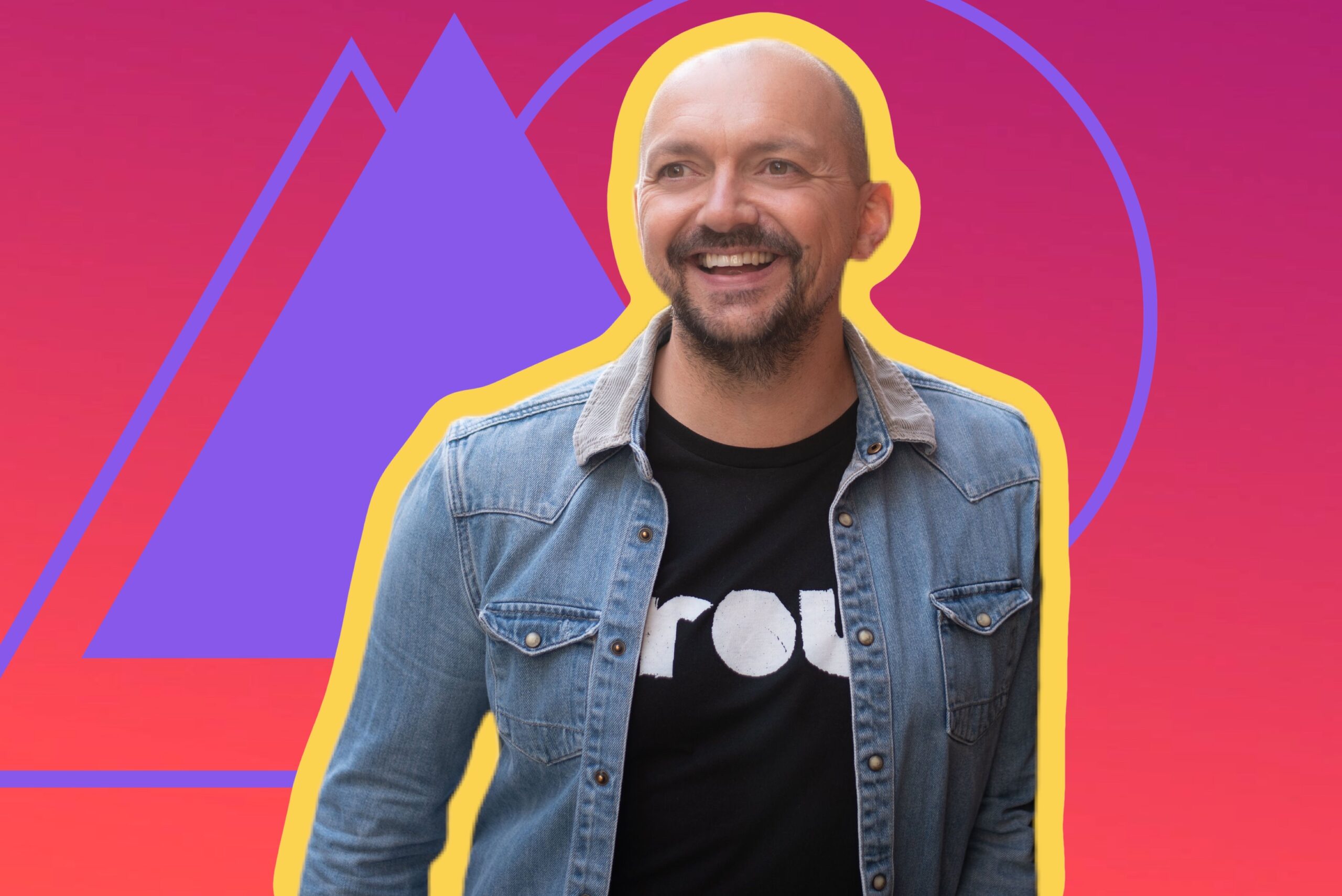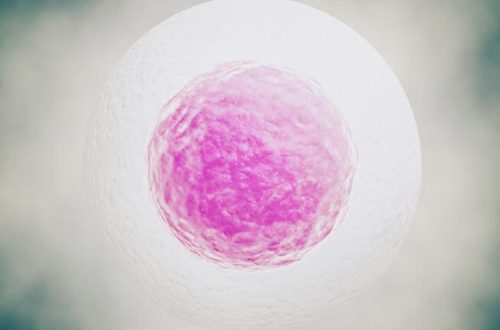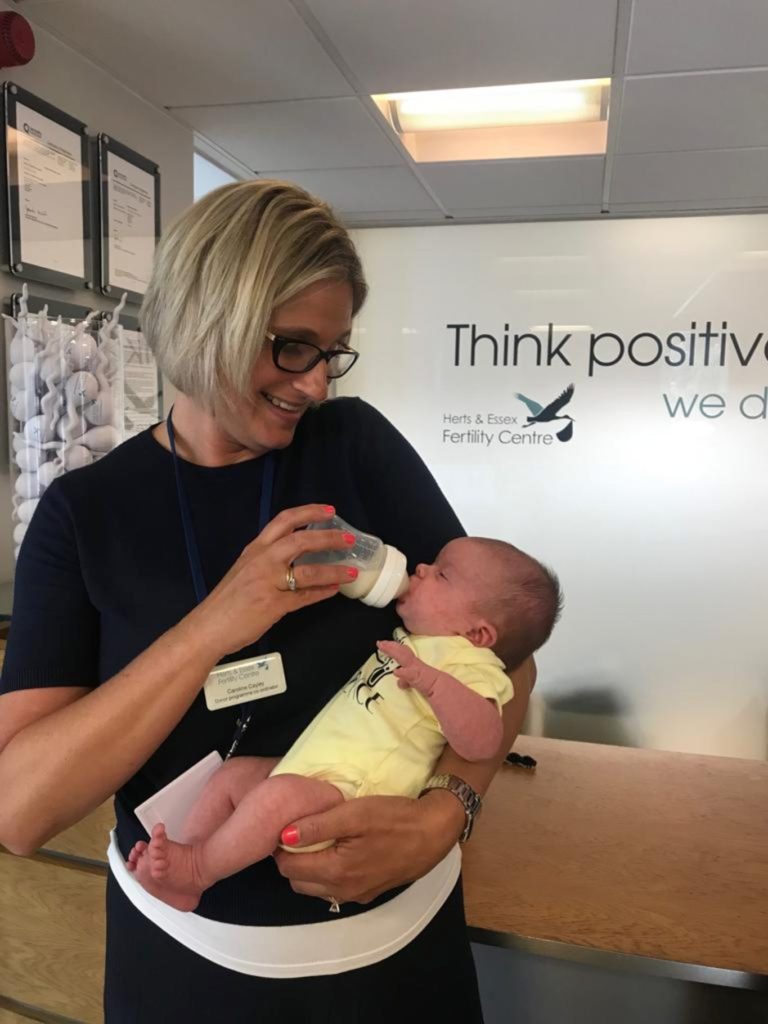
A Day in the Life, of an amazing woman
Written by Caroline Cayley
It’s International Womens Day – so we thought this article celebrates woman is the most wonderful way possible. Read Caroline’s day in the life of a Donor Program coordinator.
When I got the opportunity to work at Herts & Essex Fertility Centre, it was too good to turn down.
From a personal point of view, knowing the heartache that I experienced with my own infertility, helping other people go through something similar, is what makes my job so fulfilling. To work at the clinic felt like a dream job to me. There was no job description! When I was interviewed, I was told that it was very difficult to write a job description for the role so I could make as little or as much of it as I wanted to. I didn’t quite get it at the time but it was true and so that’s exactly what I did!
Five and a half years later, I’ve taken on more and more responsibility and I’ve turned the role into something very unique.
A Day In the Life…
My job is totally patient led so every day is different. There is no such thing as ‘a typical day’ – my day is driven by the emails and phone calls I receive on the day.
The process is initiated by the patients, according to their needs and concerns. For example I could be answering enquiries from donors and recipients or I could be dealing with patients who are getting anxious about donor eggs and treatment plans. There may be blood results to chase, counselling reports to check, cycles to co-ordinate… the list is endless.
New enquiries and getting to know donors and recipients are as demanding as it is rewarding in equal measure and can take up a lot of my day, however I always try to support my patients every step of the way.
Egg Donors
Donors can be altruistic (donating all their eggs to the clinic in return for £750 to cover their expenses), egg sharing (sharing half of their eggs to the clinic in return for a funded cycle of IVF treatment*) or known (donating to their partner, family member or close friend). All of these women are selflessly helping another woman to achieve their dreams of having their own family when they cannot get pregnant using their own eggs. This may be because the recipient is in menopause, was born without ovaries, has poor egg quality, did not respond to previous stimulation treatment or is over the age of 46 (the cut off age for having IVF treatment using your own eggs).
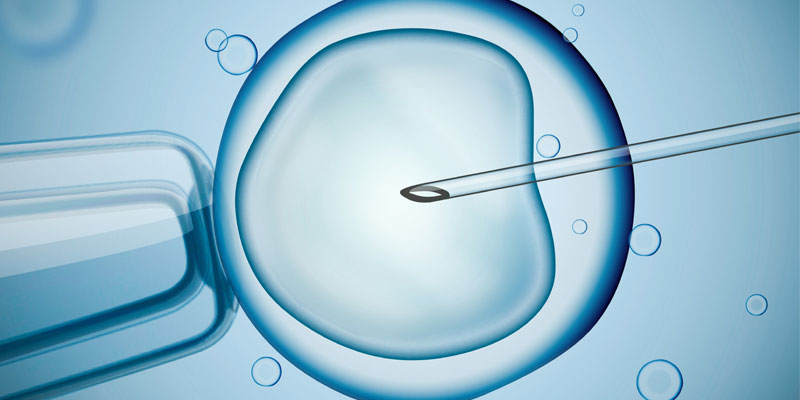
*Additional costs could include ICSI if there is male factor infertility and/or if they need a sperm donor.
Criteria to donate?
There is very specific criteria potential donors must meet before they can become a donor at Herts & Essex Fertility Centre – treatment must be completed before their 36th birthday, they must have a BMI under 34, be a non-smoker and have an AMH above 15. They must initially complete a health questionnaire to ensure there are no inheritable medical conditions within their family. This is important information which is shared with the recipient during the matching process. An egg donor can donate up to a maximum of 10 families.
There is a chain of events that predict next steps – donor screening results take 4 weeks to come back and a donor can’t have treatment until she’s matched with a recipient. Only then can you start the treatment process, which involves syncing the donor and recipient’s cycles to ensure a successful transfer. Most embryo transfers are fresh cycles so it’s absolutely crucial to get the timing right of both cycles.
Let’s start at the beginning
To start this process, I talk to both donors and recipients about their characteristics – their ethnicity, hobbies, hair colour, eye colour, height, weight & BMI, what they do for a living, children, etc. At the moment what I miss most due to COVID is meeting my donors and recipients face to face – this was very important to me as sometimes I could match donors and recipients instantly ‘in my head’ not only on looks but also on personality. It’s amazing but sometimes donors and recipients actually look alike.
Once we found a match, we offer the donor to the recipient and give the recipient a few days to think about it. If the recipient accepts the donor, we share the good news and start the process to get both the donor and recipient on the contraceptive pill (if medically safe to do so) to sync their cycles. The recipient needs to be ready to start her medication to make the lining in her womb thicker on the day that the donor starts her injections to stimulate her ovaries. When the donor is ready to come in for egg collection, the sperm sample will be produced on the same day. This is when our scientists in the Lab will do their magic and inject the collected eggs with sperm to create embryos. Once the embryos are created they are left in the incubators to develop and then transferred to the recipient on Day 3 or Day 5, depending on their maturity.
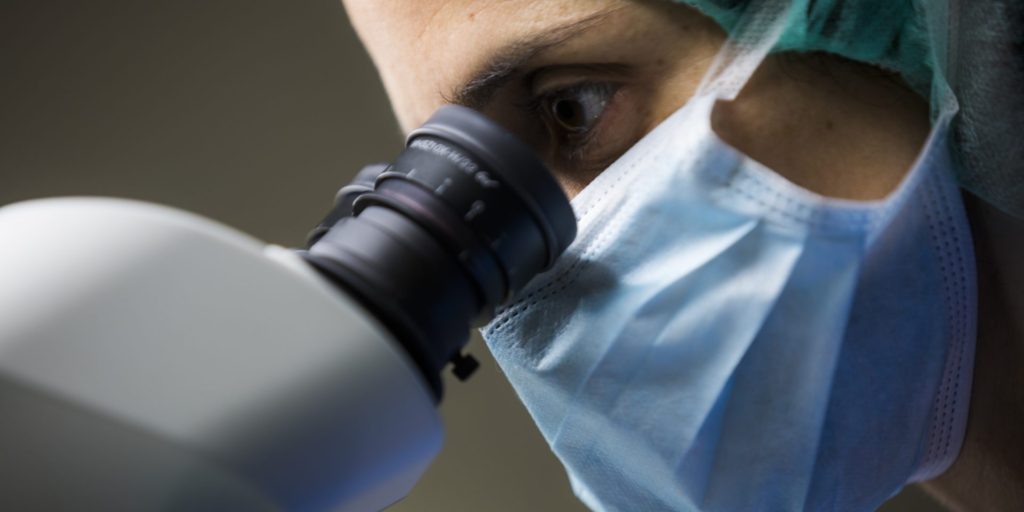
Counselling
All donors and recipients must have an implications counselling session, which must be done before they start treatment. Since 2005, when children who were born as a result of donation reach the age of 18, they can contact the HFEA (Human Fertilisation & Embryology Authority) to find out more information about their donor, should they wish to. All donors are encouraged to write a pen portrait, which goes to the HFEA.
Waiting lists
For donors from their first consultation to egg collection, the whole process should take approximately 3-4 months. The waiting time for recipients is approximately 4-6 months for a Caucasian donor. However it is difficult to pinpoint a timeline for any other ethnicity as there is a definite shortage of Asian (Indian, Pakistani, etc.) and Black ethnicity donors which means a much longer waiting time.
Matching the right donor to the right recipient, followed by a successful result and seeing the baby nine months later is the best feeling in the world.
Caroline
I am a perfectionist so my job is challenging but hugely satisfying. My friend once said to me “You are playing God”. Maybe I am but ultimately it is both a privilege and a massive responsibility.
Once matched, my role in the process is officially over as my patients move on to the clinical part of their treatment in the clinic. However, they are never forgotten as I continue to follow their journey.
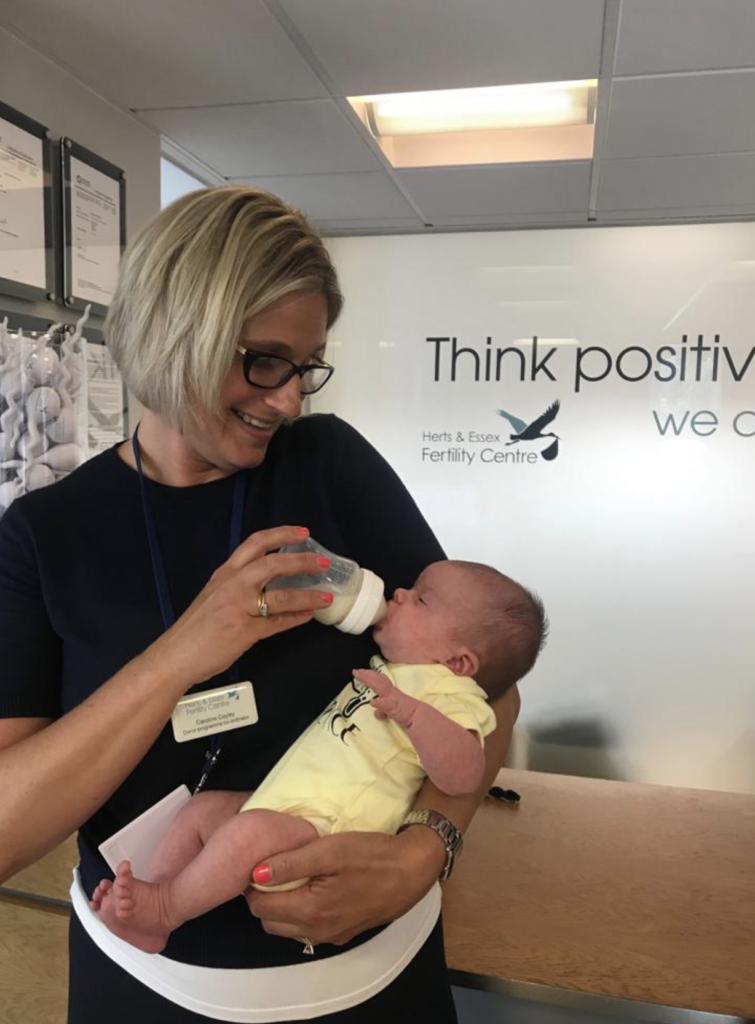
Could you donate?
My message to anyone who is considering egg donation. I would like the process to be as rewarding for them as it is for me. Once you make that important decision to start the process, whether you are a donor or a recipient, you will never look back.
If anyone is interested in egg donation please feel free to contact me or for more information visit our website.
